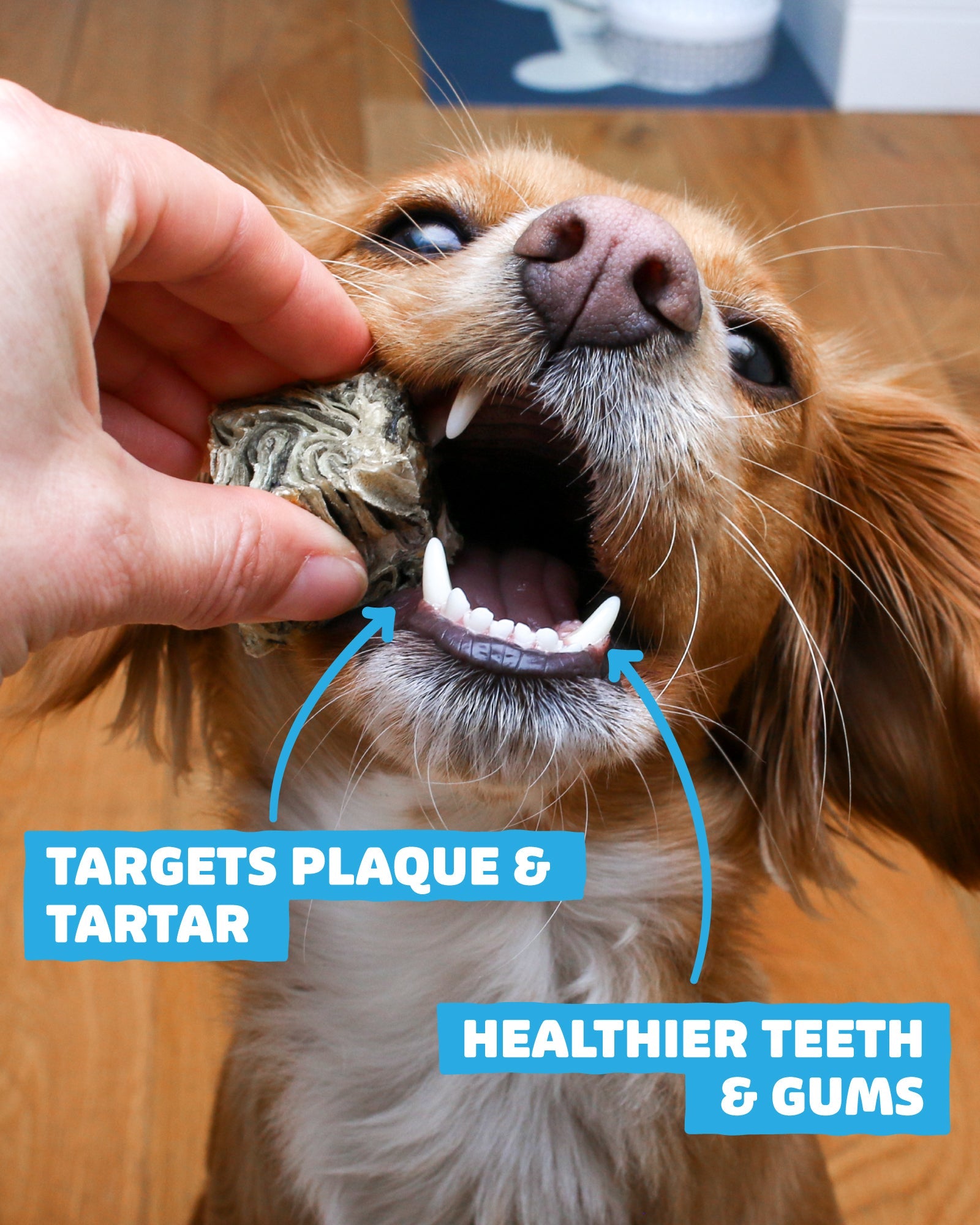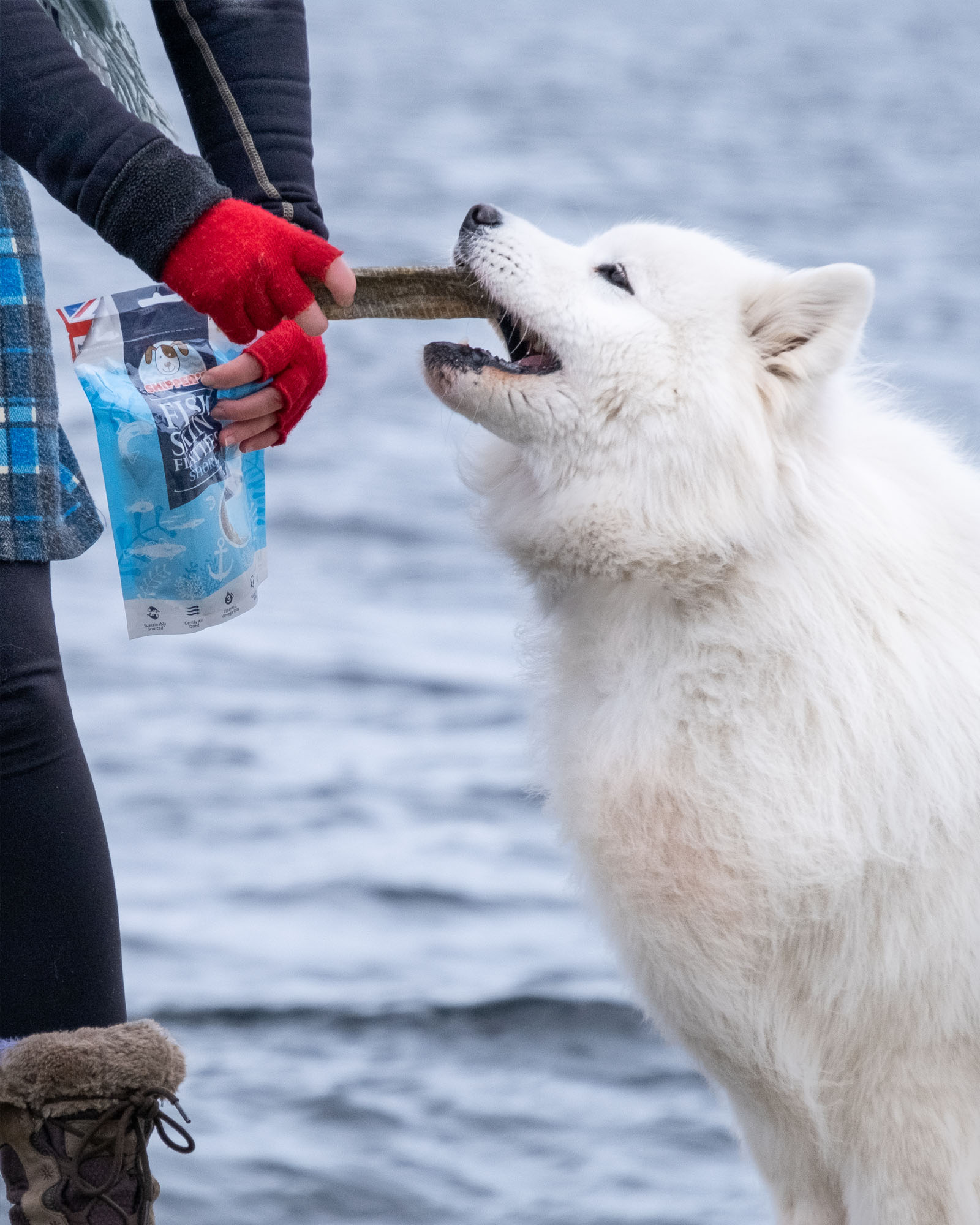
A DOG LOVER'S GUIDE TO TRAVELLING WITH A DOG
The preparation
It’s a new year and I’m sure some of you have put down ‘travelling’ as a new year resolution. So, why not travel with your pet too?
The thought of bringing your dog away with you can be a little daunting however, this blog post is here to calm those nerves. First things first, does your dog have a pet passport or has it been renewed? Note that their passports have to be renewed annually. The Pet Passport scheme may change due to Brexit so it is important to keep up to date with any changes on the gov.uk pet travel page.
At this moment your dog can travel to certain countries such as EU and listed non-EU countries with their pet passport. It is essential to check if the country you’re visiting allows your dog to travel to that country with their passport beforehand. Unlisted non-EU countries can be more complicated when it comes to travelling with your pet.
Along with a VALID Pet Passport your dog needs to:
- Have had a microchip implanted - NOTE, the microchip implant must be done before or at the same time as the rabies vaccination.
- Be at least 15 weeks old at the time of travelling.
- Have had a vaccination against rabies.
- Have had treatment for tapeworms.
If you’re travelling by plane, it is essential to have a crate. If travelling by any other form of transport it is still a good idea to bring a crate to keep your dog safe. The crate must be large enough to allow your dog to stand, turn and lie down. The crate itself must be strong, leak-proof, have ventilation on opposing sides with exterior rims or knobs to prevent blocked airflow, ‘live animal’ label, arrows to show the upright position, owner’s: name, address, and phone number.
In addition to this, place a comfortable mat, a water bottle and your dog’s favourite toy inside of the crate. If travelling by plane you will need to check with the airline if they accept pets and what the conditions are, e.g. will they directly accept your dog or would they require an animal shipper.
An animal shipper can be costly. To keep in mind, airlines such as EasyJet and Ryanair do not accept pets at all. Moreover, some only accept pets at a certain weight and size. Once you have found an airline that accepts pets, the airline will ask for you to produce a pet health certificate, this will be issued by a vet.
If you’re travelling by car, the first recommendation would be to get your dog used to the car by first allowing your dog to sit in the car without leaving your driveway. Next is to then go for short drives and visit fun places such as a park, this is so that your dog can associate the car to going to fun places rather than a visit to the vets. You want to try and keep your dog as happy and calm as possible.
If you’re putting your dog in a crate for the car journey, ensure that there is fresh air that can flow into the crate and accessible water at all times. If you’re not using a crate, make sure to restrain your dog by using a good quality harness or guard to keep you and your dog safe. In addition, stop frequently for exercise and potty breaks, don’t forget to clean up after your dog!
Be mindful of motion sickness, most dogs do outgrow this condition.If you do have any concerns, there are a couple of ways to prevent sickness in the car, the first is to not feed your dog before you travel, this is because this can upset your dog’s stomach and bring on motion sickness. The other option is to visit a vet because they may be able to prescribe medication.
In addition to your dog’s food, do not forget to bring their usual food on the trip or research the places you are visiting so that you are able to purchase food when abroad, some boarders do not allow food to be taken over to their country.
Finally, if you’re worried about your dog being anxious in the car, a great way to keep your dog occupied and happy is by giving a long-lasting chewy treat such as one of our Fish Skin Twirls or Fish Skin Throw Sticks. This will keep them munching away on their fishilicious treat for a little while.
There are a few things to NOT do whilst having your dog in the car. The first thing is to not put any windows down entirely, there will be parts of the car journey that you will need to put the window down slightly to help cool down your dog. However, never open the windows entirely to prevent your dog from jumping out. Similarly, do not let your dog hang their head out of the window as this can cause injuries to their eyes and worse. If you’re keeping your dog in a crate on the passenger seat, or even restrained on the passenger seat, do not forget to switch off the airbags. Having the airbags switched on may cause more harm than good if there is an accident. Additionally, move the seat as far back as possible. Finally, never leave your dog alone in a car, especially on warm days. Dogs can overheat easily so it is essential to keep your dog as cool as possible at all times.

If you’re travelling by train there are a few things that you will need to keep a note on. In the UK you are allowed to travel with up to two dogs free of charge on a train. National Rail state that they must be on a lead or in a carrier and that they mustn’t take up a passenger seat. If they do, you must buy another ticket. When it comes to travelling on a train in Europe, the general rule is that small animals can travel for free, as long as they’re in a carrier. But, larger pets travel at a reduced price and they must be muzzled and on a leash. However, before travelling on a train abroad, you must check their rules and regulations in terms of having a dog to travel with you.
The rules on travelling on a bus with your dog is a little unclear therefore, you may need to check with the individual bus operator regarding taking your dog on the bus. Nevertheless, you are generally allowed to take a dog on the bus as long as they’re on a lead and do not take up a passenger seat. However, you may need to pay a fee for bringing your dog on board. Once again, travelling by bus abroad is very unclear therefore, you must do as much research as possible on the bus you’re wanting to take.
Taking your dog on the ferry is, unfortunately, a little bit of a minefield. Eurostar does not carry dogs or any pets, except for guide dogs. Ferries that allow journeys to and from Europe:
- Stena Line - You can take your dog free of charge and pay £30 to keep them in a heated lodge for the journey or, if you do not want extra fees, your dog must stay in your car.
- P&O - Dover to Calais route. £15 per pet each way. - As long as you are travelling by vehicle.
- Brittany Ferries - They have kennels on their routes which you can keep your dog in during the trip over the water. Additionally, you can visit your dog during the crossover, if your dog is in your car or in a kennel to St Malo, they will arrange a time for you to visit your dog. When taking your dog out of the kennel or car to exercise or go for a potty break, your dog must be on a lead and be muzzled at all times. Pets are only permitted in the areas designated for pets.

You must follow the Pet Passport scheme requirements in order to take your dog abroad. Take note that you most likely will be charged for bringing your dog on board the ferry. In order to be certain with the rules and regulations, contact the ferry operator before travelling.
Overall, the most convenient and most pet-friendly way to travel is by car.
Look up the weather of the location that you desire to travel to, freezing cold and scorching hot temperatures aren’t the best climates for most pooches to be in. Don’t get discouraged by that information because there are still a tonne of places to visit where the weather is perfectly fine!
Once you’ve found a destination to visit, next is to find a place to stay and visit. Luckily there are more hotels, restaurants and shops that are changing or have changed their rules and regulations in regards to pets. The change is for the better! Therefore, there are more options for you to choose from to stay and visit with your woofer. However, do check before you book or visit anywhere just so that there are no problems or disappointments when arriving at the destination. Although it isn’t ideal, it is always best to have a plan B in case something goes wrong with plan A. That way, you always have something to do because you have a backup plan.
This is just about everything you need to know for preparing yourself and your pooch for a trip away! Next is to ENJOY the trip! All this preparation will 100% be worth it!





























